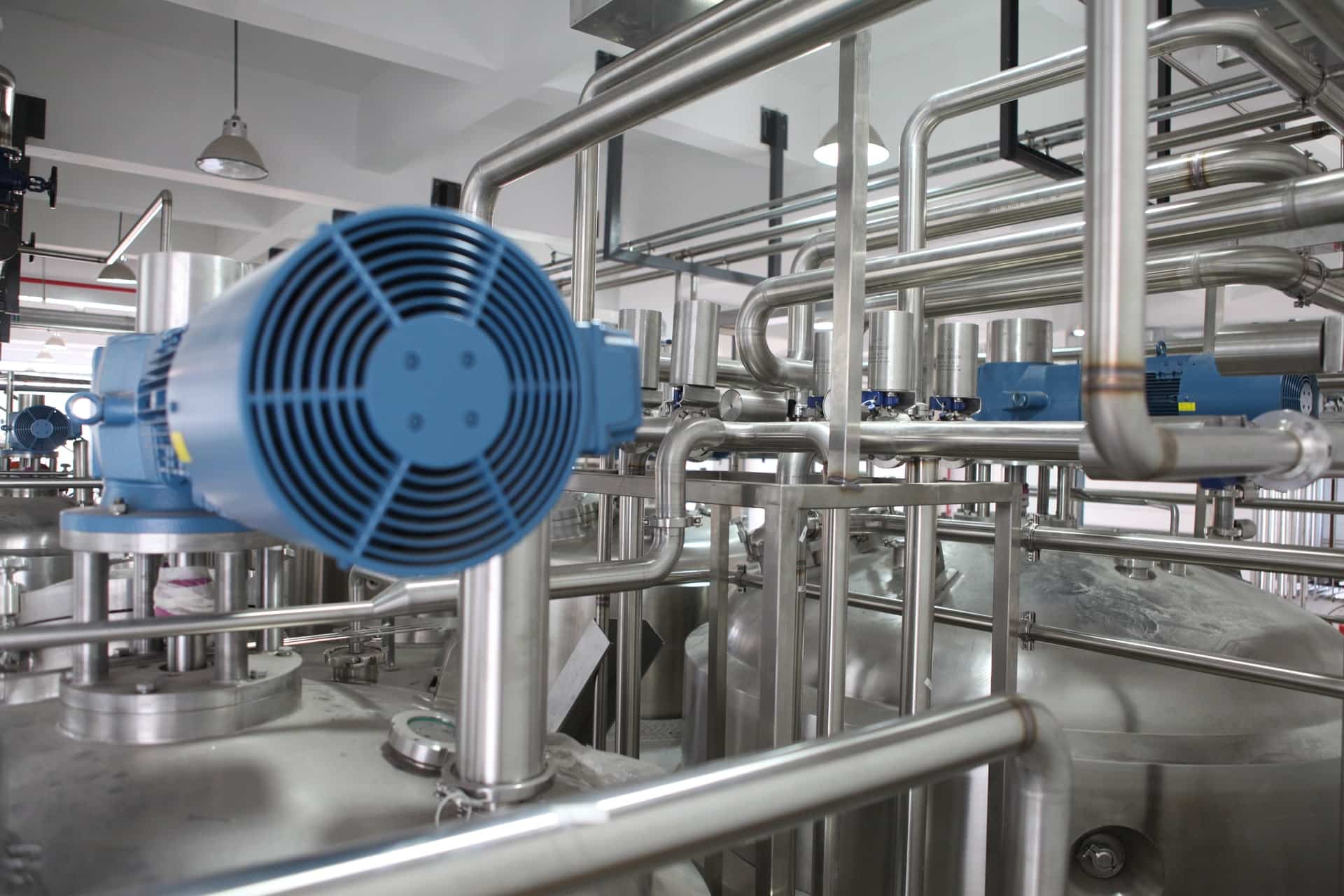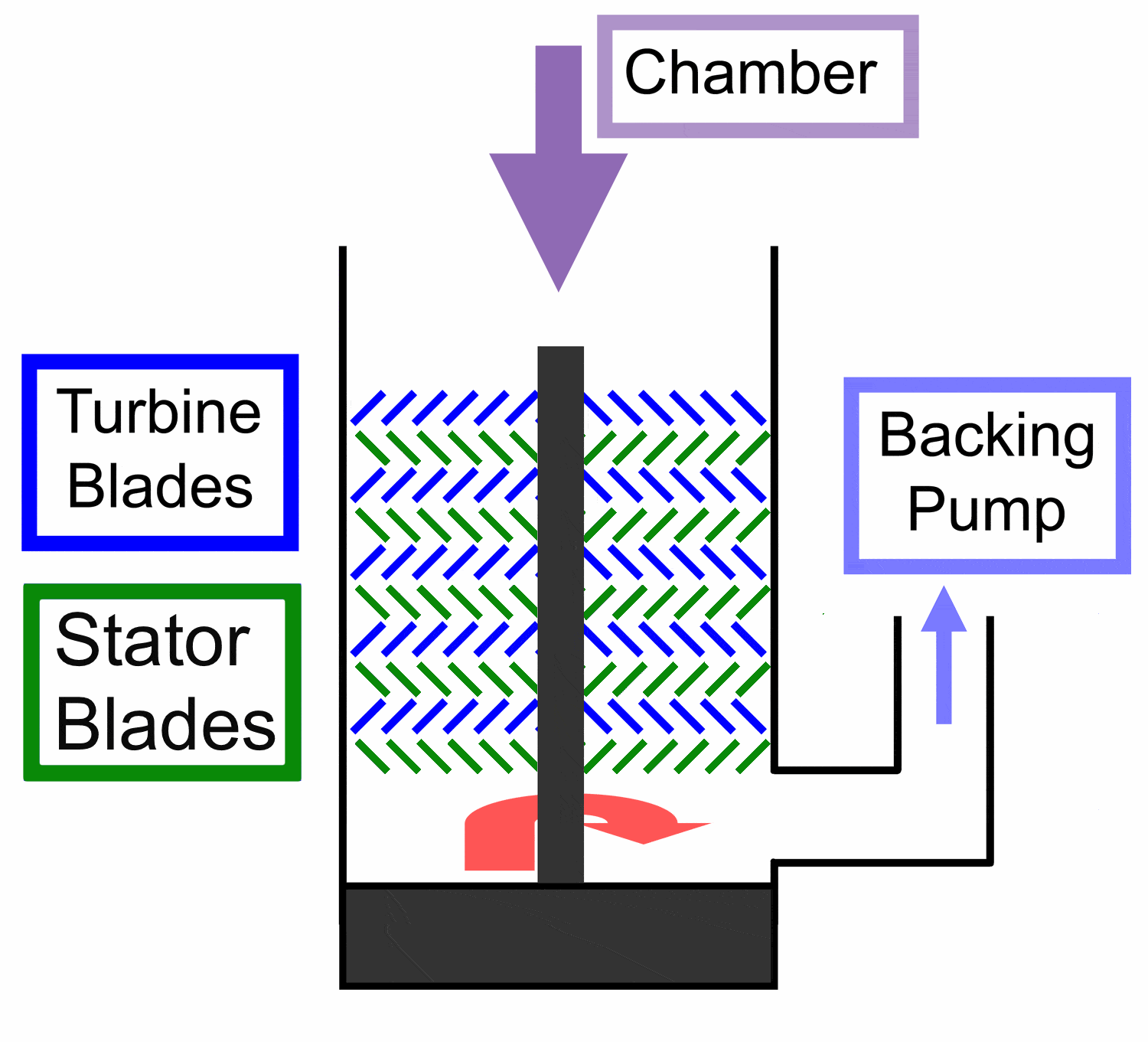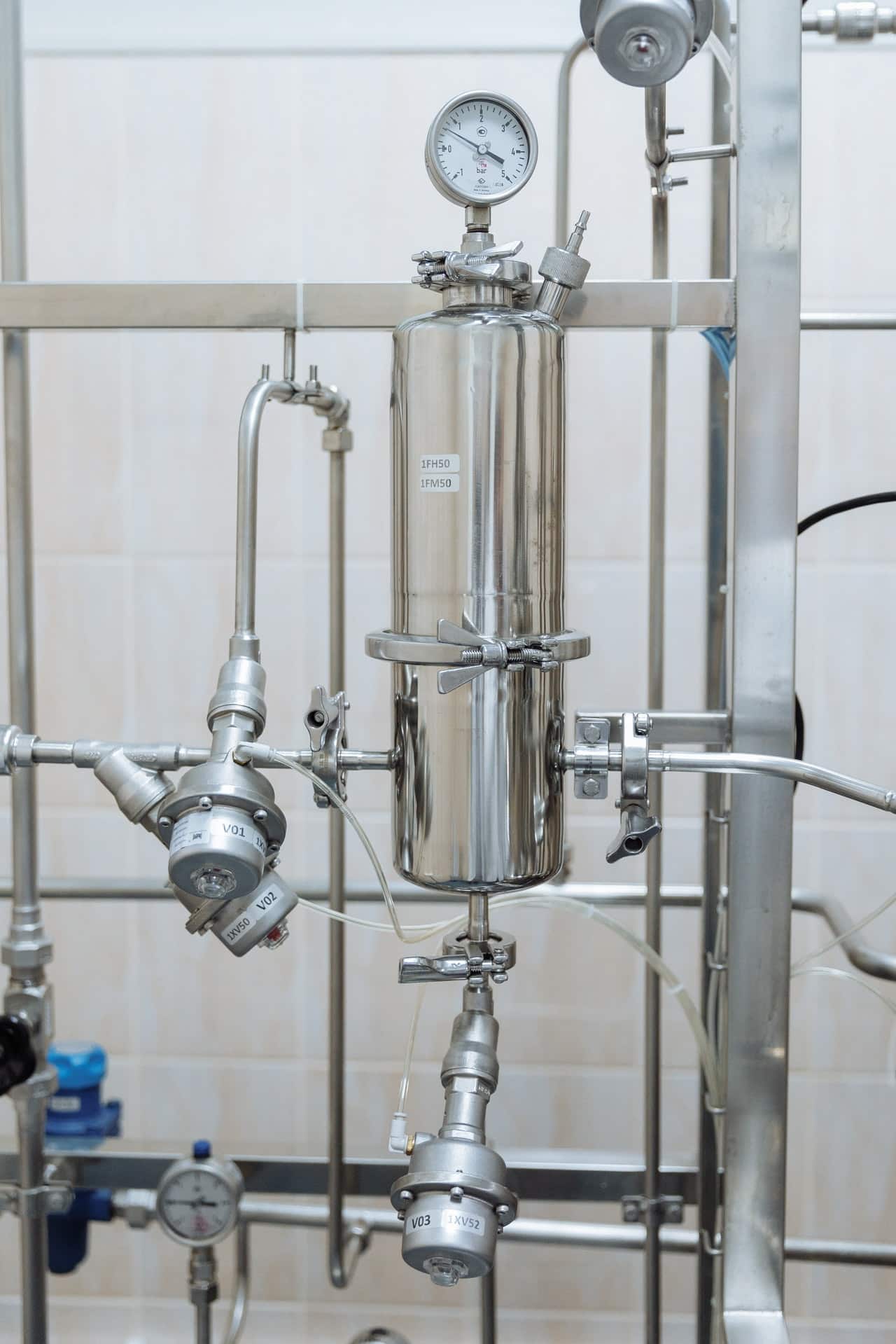What exactly are turbomolecular pumps and what are they for? Why is vacuum technology so important in industry and scientific research? Learn some interesting facts about vacuum pumps and the vacuum industry.
The definition of vacuum is a space ideally devoid of matter. An approximation to such a vacuum is a region with a gaseous pressure much less than atmospheric pressure. Turbomolecular pumps are a type of vacuum pumps used to achieve and maintain a high vacuum.
IMAGE: UNSPLASH
Turbomolecular pumps have various applications in the industrial and research sector. Among the main producers of such technology worldwide is Agilent Technologies, Inc. with its wide range of technological products covering the full spectrum of high vacuum pumps, and of course, turbomolecular pumps. For more information on the application and technical characteristics of these products, we recommend visiting Agilent.com/turbo-pumps-controller
These pumps offer a reliable contamination-free high vacuum environment, working on the principle that gas molecules can be given momentum in the desired direction by repeated collisions with a moving solid surface. Spinning fans “hit” the gas molecules from the inlet of the pump towards the exhaust, in order to create and maintain a vacuum.
Most turbomolecular pumps employ multiple stages, each consisting of a rapidly rotating rotor blade and a pair of stationary stator blades. The system works like a compressor that injects energy into the gas instead of extracting it.
Gas is captured by the upper stages and pushed to the lower stages and then compressed to the level of the fore-vacuum pressure. When the gas molecules pass through the inlet, the rotor blades hit the molecules which acquire mechanical energy. With this new momentum, the molecules enter into the gas transfer holes in the stator which moves them to the following stage. During the next stage they collide with the rotor surface again and this process goes on, eventually leading them out through the pump’s exhaust.
IMAGE: WIKIPEDIA
A turbomolecular pump operates so that molecules hit by the moving blades reach the stationary blades before colliding with other molecules. To achieve that, the gap between moving blades and stationary blades must be close to or less than the mean free path. From a practical construction standpoint, a feasible gap between the blade sets is on the order of 1 mm. Since the mean free path is inversely proportional to pressure, a turbopump will pump when the exhaust pressure is less than about 10 Pa where the mean free path is about 0.7 mm.
The turbomolecular pump is a very versatile pump in terms of generated pressure. It can vary from intermediate vacuum (≈10−4 Pa) up to ultra-high vacuum levels (≈10−10 Pa).
Turbopumps use frequency controllers to provide the high rotational speeds needed to operate. In terms of installation, in addition to the rack-mounted solution, controllers can be installed on the side of the pump or onto the pump itself, thus reducing rack space requirements.
The most recent developments on turbo pumps also allow smart onboard controllers which control valves and gauges and monitor the operations of automated vacuum systems.
If you are interested in even more technology-related articles and information from us here at Bit Rebels, then we have a lot to choose from.



COMMENTS